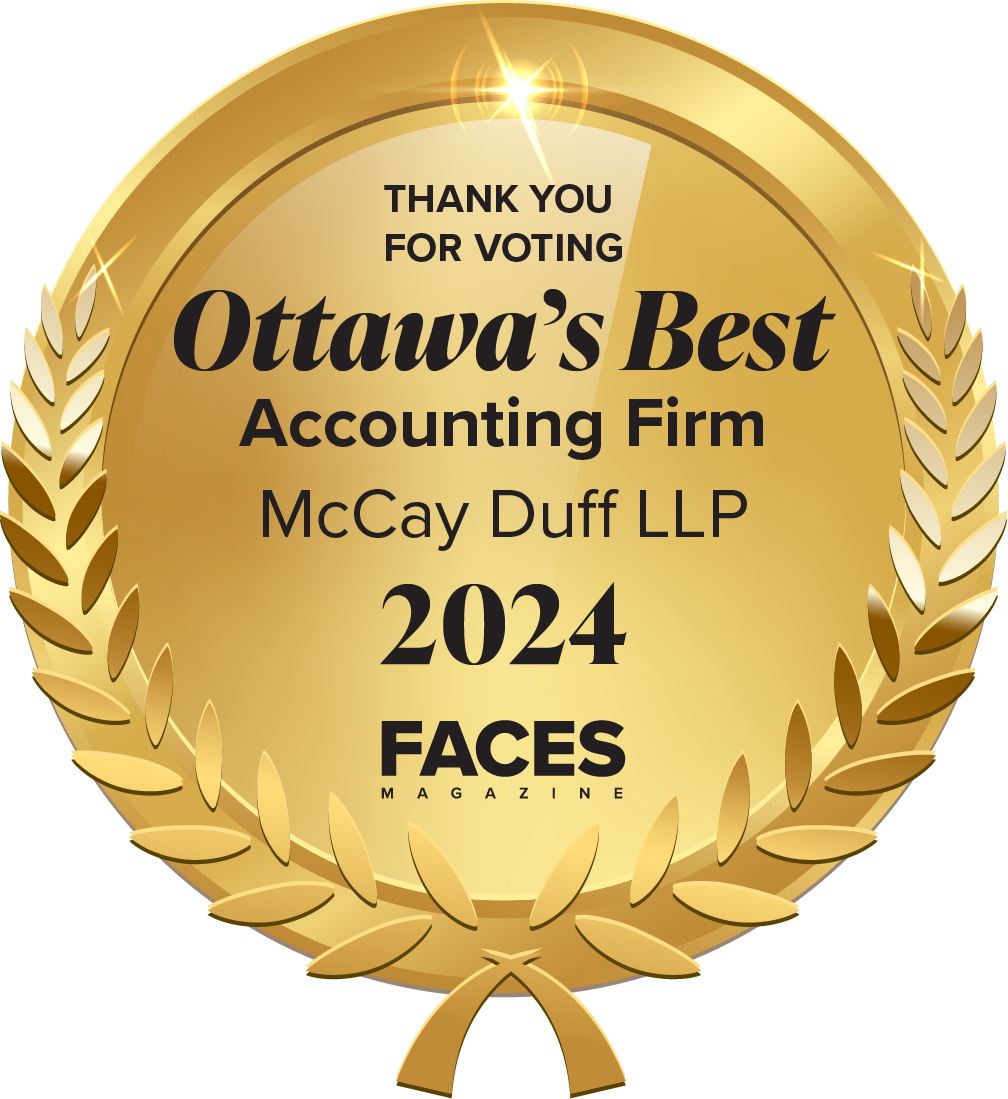The issue of how to treat the trapped-in capital gains most often shows up when applying the Adjusted Net Asset Approach to valuing a holding company.
The Adjusted Net Asset Value Approach
The Adjusted Net Asset Value Approach is typically used when valuing a real estate or investment holding company. This approach results in the book value of the assets and liabilities being restated to reflect their fair market value. The adjusted net book value of the Company is then computed by subtracting the fair market value of the liabilities from the fair market value of the Company’s assets. There is an inherent built-in tax liability on the increased net asset value.
Should this built-in tax liability be factored into the fair market value of the shares of the company as determined by the Adjusted Net Asset Value Approach described above?
It has been generally accepted, by business valuation professionals in Canada and the United States, as well as CRA, the U.S Tax Court and the U.S Court of Appeals that a reduction/discount is warranted since a willing buyer and willing seller would take into account the built-in tax liability when arriving at a purchase price in the open market.
While the authorities noted above are in general agreement that a discount for the tax on trapped-in gains is appropriate, the amount of the discount is not generally accepted. The business valuator performs his valuation in a notional (hypothetical) market, which requires us to make assumptions regarding the amount of the reduction/discount.
The following are some suggested valuation approaches to determining the amount of the discount for the trapped-in capital gains:
- 100% (“dollar for dollar”) of the tax liability, assuming the immediate sale of the appreciated assets.
- Assume the appreciated assets will be held indefinitely. It could be argued that the reduction should be equal to the present value of the lost tax shield when a purchaser acquires a business through the purchase of shares.
- A compromise equal to 50% of the tax liability – the hypothetical midpoint of an immediate disposition and holding the asset indefinitely.
- An amount recognizing the rate at which the capital gains tax will be recognized, measured as the present value of the built in gains tax liability that will be incurred over some reasonable holding period. A reasonable holding period would be based on the facts and circumstances of the taxpayer.
- Other defensible approaches.
The business valuation results depend on the facts and circumstances of the case.
In my opinion a reduction/discount to the fair market value of the shares should be made for the trapped-in capital gains tax liability. The amount of the reduction/discount will depend on the facts and circumstances of the case.
Our team of professionals at McCay Duff LLP are ready to work with you throughout this process. Contact your McCay Duff advisor today to get started!





